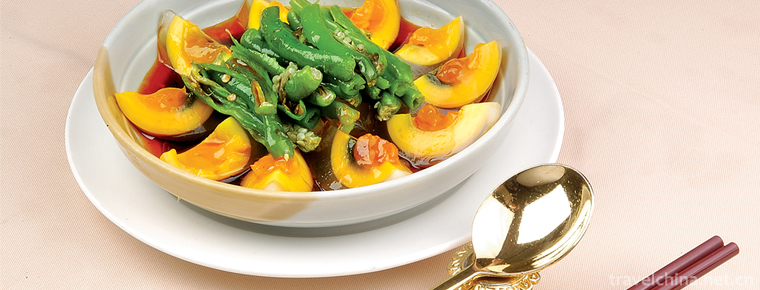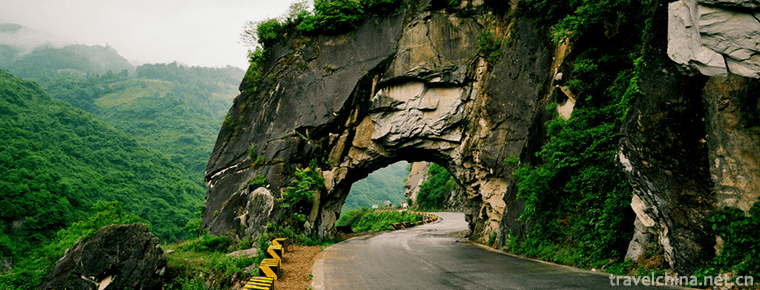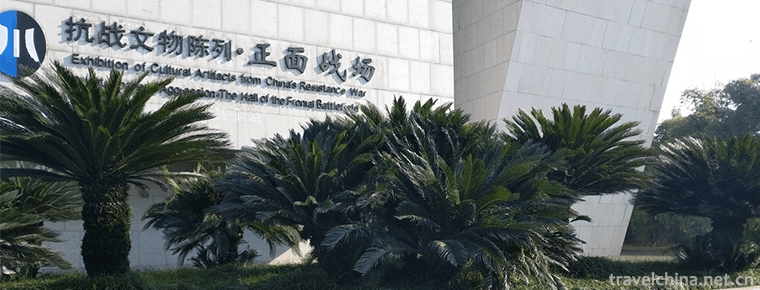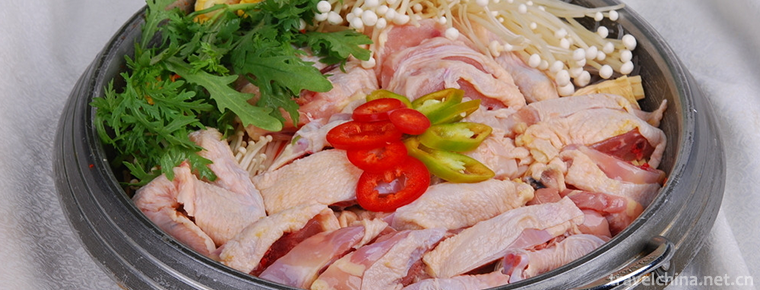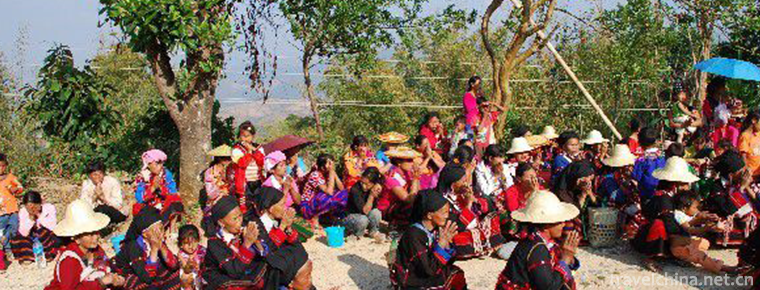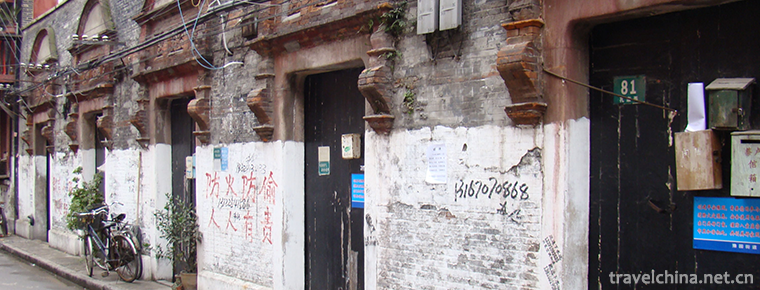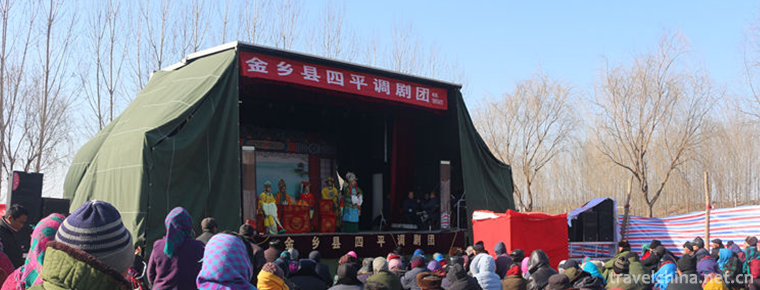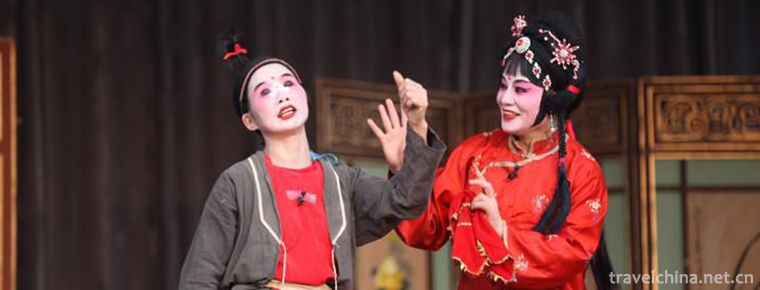Yellow River Grand Canyon
Yellow River Grand Canyon
The Yellow River Grand Canyon is located in Qingtongxia Town, Wuzhong City, Ningxia. It is 20 kilometers away from Wuzhong City. It is a scenic spot of the Yellow River Canyon composed of limestone and sand shale. It is a national AAAA-level scenic spot. Since 2003, the tourist area has held "Gaoxia Changhe Tourism Festival" every two years.
The Yellow River Grand Canyon of the Qingtong Gorge is more than 10 kilometers long and 50-100 meters wide. The cliff walls on both sides are over 30 meters high. It is characterized by the typical rough and vigorous northern Yellow River and is known as the "first Canyon in the middle and upper reaches of the Yellow River".
brief introduction
Because Helan Mountain and Liupanshan are longitudinally distributed in the north and south, they form the central axis of the herringbone structural system of Qi (Qilian Mountain) Lv (Luliang Mountain) He (Helan Mountain). At the junction of the upper and lower parts of the central axis, a section of Cambrian and Ordovician limestone and sandy shale interbedded, with a hard and compact texture, forms this canyon.
The bronze gorge has been the headwaters of the nine main canals of the Yellow River since ancient times. It is the birthplace of "plugging up the south of the Yangtze River". The River in the gorge is slow and urgent. The two sides of the river are confronted with each other. The 108 towers of the famous bronze gorge are built on the hills. They are far away from the river dams. Their water conservancy functions are comparable to those of the Dujiangyan. They are known as "Dujiangyan in the South and Qingtongxia in the north".
The Yellow River Grand Canyon of the Qingtong Gorge is rich in natural resources and human landscape resources. The water conservancy project is well-known in the world. It concentrates the three advantages of Ningxia's tourism resources. It organically combines the scenery of the south of the Saishang River, the culture of the Xixia Dynasty and the ethnic customs of Hui Muslims, and relies on the human landscape of the Yellow River to focus on shaping the famous Yellow River Dam, the magnificent 10-mile-long Gorge and the unique 108 pagodas. A number of exquisite landscapes, such as Wofo Mountain, connect these scenic spots by the way of the Yellow River water and the continent tour, and combine with the construction of ethnic villages and towns and agricultural production activities, fully display the Hui Muslim ethnic customs with Ningxia characteristics and the scenery of the south of the Sai Shang River.
Main landscape
Qingtongxia Yellow River Grand Canyon Tourist Area includes Yacht House, 108 Towers, Shili Changxia and Jinshawan scenic spots. The main landscapes are "River Barrier Dam, 108 Towers, Qinwang Gudu, Shrimp Stone Wall, Tianshu Xiongge, Guanyintai, Sleeping Foshan, Bronze Gorge Stone Carvings, Jinsha Evening, Niutou Ciyun, Yellow River Sunset" and so on. Yacht yachts and drifting tools, especially the old water transport "sheepskin raft" characteristic drifting project of the Northwest Yellow River, are known as "the first drifting in the Northwest", and are generally praised by tourists. Agricultural drip irrigation and eco-tourism are the main types of tourism in Jinshawan Bay.
108 towers
The 108 Pagoda was built in the Xixia Dynasty and named for its number. It is the largest and most orderly solid group of Lama Pagodas in China and is listed as a key cultural relic protection unit in the country.
River Dam
In the 1960s, a 42.7-metre-high and 697-metre-long dam was built on the Yellow River in the Qingtongxia Gorge. Meanwhile, the only pier-type hydropower station in China with a capacity of 350,000 kilowatts was built. A canyon-type reservoir with a capacity of 6 million cubic metres and a backwater of 5 kilometres was formed. The reservoir can be used for tourists to go boating and enjoy the natural scenery of the Northwest Yellow River.








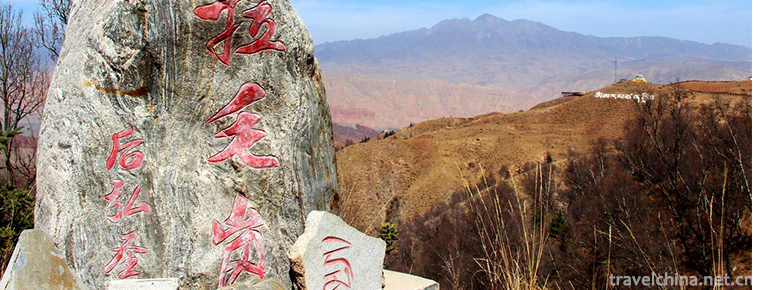
-
century eggspreserved egg100years egg
Preserved egg, also known as preserved egg, egg, egg, egg, etc.
Views: 212 Time 2018-10-12 -
Yanxiangdong Ecotourism Area of Hanjiang River
Yanxiangdong Ecotourism Scenic Spot of Hanjiang River is located in Shiquan, covering an area of 80 square kilometers, north of Qinling Mountains and south of Bashan Mountains.
Views: 199 Time 2019-01-13 -
jianchuan museum cluster
Jianchuan Museum is called Jianchuan Museum Settlement in Chengdu City. Founded by private entrepreneur Fan Jianchuan, it is located in Anren Town, Dayi County, a small museum town of China.
Views: 216 Time 2019-01-21 -
Ginseng Chicken Hotpot
Wash ginseng, boil it in a little water, take out slices, and cook it in the original pot for 15 minutes. Still soak it in the original soup. All the above ingredients except hen nuggets and ginseng s.
Views: 239 Time 2019-03-24 -
De ang Watering Festival
The De'ang Water-Sprinkling Festival (also known as the Water-Sprinkling Festival) is held seven days after the Qingming Festival every year. It is a three-day commemorative event that combines the th.
Views: 173 Time 2019-04-26 -
Architectural Construction Skills of Shikumen Lane
Shikumen is a new type of architecture which combines the characteristics of western culture and traditional Chinese dwellings. Shanghai Shikumen Lane Residence originated in Tongzhi Period of Qing Dy.
Views: 125 Time 2019-06-15 -
Siping Tune
The Siping tune evolved from the flower drum in eastern Henan. After digging and sorting out, it absorbed the tunes of opera critics, Peking Opera, Henan Opera and so on. It gradually perfected and fo.
Views: 112 Time 2019-06-16 -
Awakening Drama
Yongkang Xinggan Opera, also known as "Jianggan Opera", is a traditional opera that serves religion. Mainly to persuade people to reflect, guide people to rectify, mainly in sacrificial occa.
Views: 351 Time 2019-07-08 -
Beihang University
Beijing University of Aeronautics and Astronautics is the first Institute of higher learning in Aeronautics and Astronautics founded in New China. It is a university with sacred mission and grand visi.
Views: 180 Time 2019-09-06 -
Administrative division of Guangyuan
Guangyuan City has 7 county-level administrative divisions (Municipal District 3, county 4) and 142 township level administrative divisions (Street 7, town 111, township 24). It covers an area of 16310 square kilometers and has a population of 3.11 million. Guangyuan Municipal People's government is located at No.24, north section of Renmin Road, Lizhou district..
Views: 100 Time 2020-12-15 -
Leshan tertiary industry
In 2019, the total retail sales of social consumer goods in Leshan City reached 73.87 billion yuan, an increase of 10.7% over the previous year. According to the statistics of places of operation, the retail sales of consumer goods in cities and towns .
Views: 350 Time 2020-12-17 -
Climate in Guangan
Guang'an City belongs to the humid monsoon climate zone of middle subtropical zone, with mild climate and suitable for agriculture in four seasons. In summer, it is affected by the Pacific subtropical high, the Qinghai Tibet high, the plateau fluctuation, and the southwest w.
Views: 181 Time 2020-12-19
